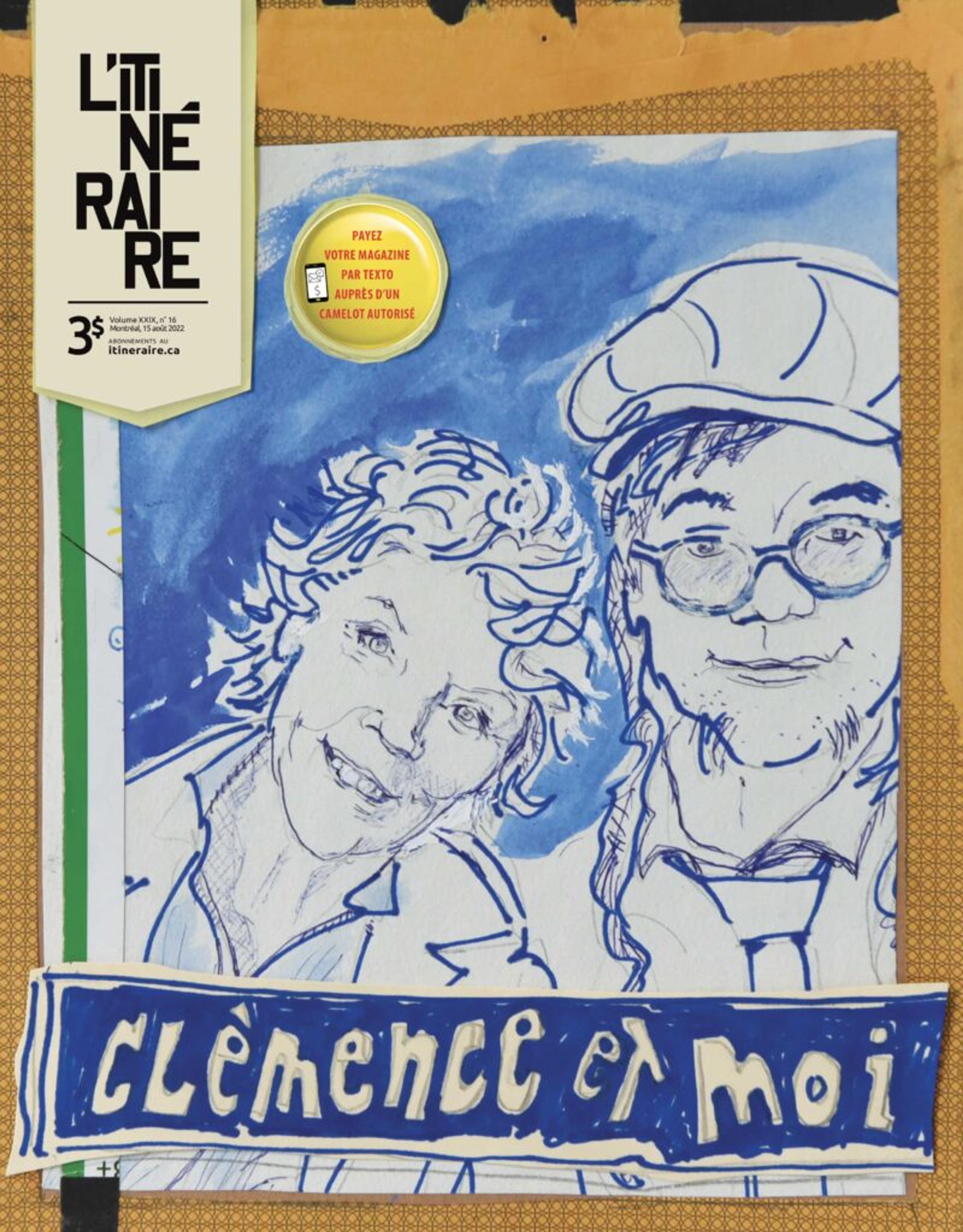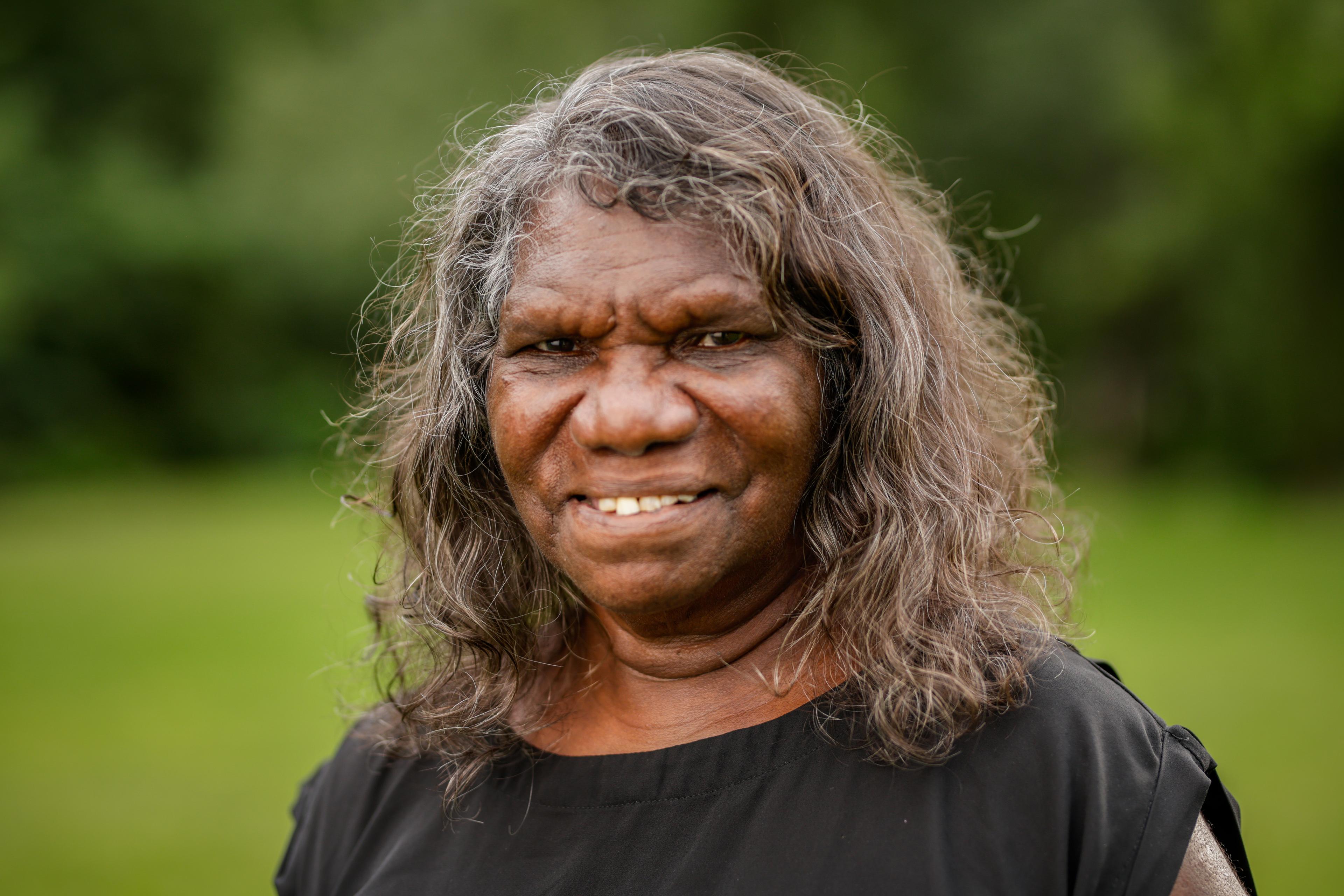Sexuality and homelessness in Montreal, Canada

L’Itinéraire
By Karine Bénézet & Simon Bolduc
- Opinion

“Inexistent”, “not recognized”, “associated with risk” – the sexuality of marginalized individuals is often viewed through the lens of STIs and physical safety, explains Philippe-Benoit Côté, a researcher at the Montreal Research Center on Social Inequalities and a sexology professor at the University of Quebec in Montreal. But this does not tell the full story.
Pierre and Nicole occupy one of the nine cubicles reserved for couples at the Hochelaga shelter (one of the three shelters managed by CAP St-Barnabé in Montreal), which also houses pets. This is a rarity: in Montreal, there are only 18 beds reserved for couples – 16 in Hochelaga-Maisonneuve and two in the Hôtel-Dieu shelter.
The couple share the space, which is furnished with two bunk beds and a table. But it is difficult for them to enjoy intimacy amid the activity in the corridors between the cubicles, separated only by tarps and two-by-fours.
The situation is the same at Hôtel-Dieu, managed by The Old Brewery Mission. A significant difference: the rooms are closed, requiring more vigilance. “Often, we know the couples from the street,” says Émilie Fortier, director of emergency services at the shelter. “We intervene when we have doubts, and if we observe violence in the dynamics between the two individuals or involvement in sex work, we won't tolerate that in our facilities.”
Hervey and his wife Lynda have been celibate since they arrived at the Hochelaga shelter. After a frank discussion, the couple decided to set aside their sexual relationship “until they find housing”. Like Pierre and Nicole, they also sleep separately – the shelter’s modest double mattresses are small for two people. “I miss sleeping cuddled up and peaceful,” says Hervey. “Just that – not even [anything] sexual, but just that – means a lot.”
Catherine Lesage, clinical coordinator for CAP St-Barnabé, believes that it is important to allow couples to sleep together “It’s not just about sexuality,” she says, “but intimate contact with the other person,” which can offer stability in challenging situations.
Apart from funding public health issues, the sexual needs of people experiencing street homelessness hardly resonates positively in the political sphere. “Because they don’t hold paid jobs, [people experiencing homelessness] supposedly don’t deserve healthy food or decent housing, let alone access to moments of pleasure,” reads a report from the Collective for a Poverty-Free Quebec, published in 2019.
“Tents are good alternatives,” says Philippe-Benoit Côté. “Couples, anyway, prefer not to go to shelters to avoid being separated.”
Is this the experience of shelter staff? “It saddens me to admit it, but yes,” says the director of the Hôtel-Dieu shelter, acknowledging the inadequacy of service provision for couples experiencing homelessness.
During interviews conducted at the Guertin site camp in Gatineau, across the river from Canadian capital Ottawa, one couple described experiencing a notable sense of security and peace of mind while residing within the encampment’s confines. The encampment is coordinated by organization Homelessness Zero, which diligently oversees operations to ensure a well-functioning environment throughout the winter season.
Côté has pushed for public policies to “include positive sexual health in other priorities”, adding that this will require breaking taboos around sexuality.
However, “not all professionals are comfortable and skilled at discussing sexuality with clients,” notes Joris Grail, coordinator of the Sex Work Program at RÉZO, a health organization serving gay and bisexual men.
Jean-Jeannette has been frequenting gay saunas for 30 years and feels very safe within them. They go there primarily to flirt, and to pursue sex if they feel a connection. Without these “open and informal” spaces, they claim that they would have resorted to prostitution. Why? Because “nowhere else can the poor afford a room to sleep in warmth and have sexual relations.”
Asked about the difference between a sauna and a brothel, they reply that “there isn’t one; it’s like a brothel.” But Saunas also once met their basic needs: a warm, clean place to sleep with a lockable door, and the opportunity to engage in safe social and sexual activities.
Against a wooden gazebo dubbed the Love Room, recently transformed into a cozy nest for couples experiencing homelessness, an imposing white panel bears the inscription: “All you need is love.”
In Belgium, back in 2017, Brussels organization Corvia carved out the Love Room in the depths of its garden. An intimate space, freely accessible by reservation to homeless couples for a tête-à-tête, akin to renting a cottage for a romantic weekend getaway (or booking a 72-hour stint every two months in a prison “studio” for private family visits, available to certain inmates).
The future of the Love Room remains uncertain and attempts to contact organization representatives were unsuccessful, but French television channel France 3 recently interviewed inhabitants. “I’m 32,” said a young man, seated on the bed inside the gazebo. “My girlfriend is 30. Everything is always tough outside, and when we come here... then we have to go back outside, and that, we don't want [that] anymore.”
Sociologists term this the “ratchet effect”, whereby people resist reverting to previous undesirable conditions once they have tasted better living conditions, including simply having a roof over their heads while homeless. To have to forsake intimacy again after staying in the Love Room is painful for its tenants.
It was a woman experiencing homelessness who suggested the concept of the Love Room. “I’m tired of showing my ass in the street, Mathilde [Pelsers, head of Corvia],” she said. “Do something! Make a fucking house!”
L’Itinéraire vendors on supervised intimacy sites
Why not establish supervised intimacy sites? Simon Jacques, a L’Itinéraire vendor experience homelessness, asked this question to others in similar situations. Here are some of their responses.
“Having a girlfriend often deterred me from going to shelters. Supervised intimacy sites, like the example in Brussels, could perhaps address issues of rape or non-consent.” – J. (Plateau Mont-Royal)
“There should be a supervised place to prevent it from turning into a ‘crack house’. But if there are sites for drug use, I don’t see why there couldn’t be places for intimacy.” – M. (Saint-Michel)
“The solutions seem scarce to me, apart from a ‘love shack’ or a section for couples in shelters.” – S. (Ville-Marie)
“If Valérie Plante [Mayor of Montreal] invested as much money in homelessness as in bike lanes, perhaps a supervised intimacy site could exist. But I don’t think public opinion would favor such a project. Citizens might not agree to their taxes funding sex for the homeless.” – R. (Hochelaga-Maisonneuve)
“There should be a comprehensive resource dedicated to this, with accommodation, a screening clinic, sexology, contraceptives, showers, and follow-ups. However, there are so many resources for homelessness that people might think it’s excessive.” – R. (Downtown)
Courtesy of L’Itinéraire / INSP.ngo


